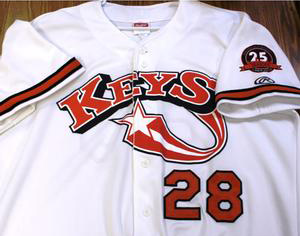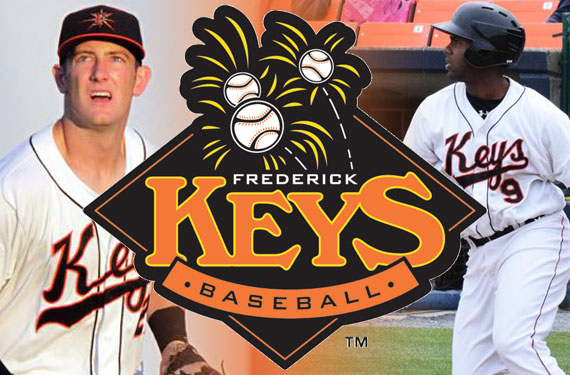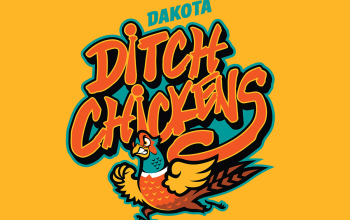Fort McHenry, a star-shaped military facility in Baltimore, Maryland, was built in 1798. It’s been a national park since 1925, but before that, it featured prominently in a handful of wars, including World Wars I and II, and, most notably, the War of 1812. It was during a battle in September of 1814 when US forces at Fort McHenry famously fended off the invading British Navy—with an American flag waving in the sky day and night—that the fort really made a name for itself.
So important was this battle that it inspired a 25-year-old lawyer and amateur poet at the time to write “Defence of Fort McHenry,” a poem that tells the harrowing tale of the fort’s flag, with its broad stripes and bright stars, illuminated by rockets’ red glare, and also bombs bursting in air. The poem was later set to the tune of “To Anacreon in Heaven,” the official song of the British Anacreontic Society, an 18th-century group of amateur musicians, and widely used as a patriotic (and difficult to sing) ditty.
With its patriotic message and repurposed tune, the song was titled The Star Spangled Banner. It would be adopted by the US Navy in 1889, then recognized by President Woodrow Wilson for official use in 1916, and finally, some 88 years after the death of the part-time poet who wrote the lyrics, Congress would adopt the song as the American national anthem in 1931.

The poet who gave us the words to the American national anthem, Francis Scott Key, is buried 50 miles west of Baltimore in the Mount Olivet Cemetery in a town called Frederick, Maryland. Just across the street from Mount Olivet Cemetery lies another institution of American culture, a minor league baseball stadium. The Frederick Keys, High-A affiliate of the Baltimore Orioles, certainly have a unique origin story for their nickname.
“Francis Scott Key is buried across the street. The Keys is kind of a natural name to go there,” said Geoff Arnold, the team’s broadcasting and public relations manager. “It really kind of captures what minor league baseball is all about, and that is figuring out a name for the city where you are in that helps connect with the historical elements of where you are.”
Without this key (ha!) bit of historical information, the reasoning behind Keys’ nickname is not immediately evident based on their visual identity. The team’s current primary logo does not reference music, and the color scheme has more to do with the Keys’ parent club than the red, white, and blue you might expect from a team name for the creator of the American national anthem. (When I first encountered the Keys, I thought they were based in Florida—the orange logo, the F on their cap logo, and the fact that there’s a string of islands called the Florida Keys led me astray.)
Once you do know the reason for the nickname, though, everything falls into place. The solid block of text feels like Fort McHenry’s ramparts (o’er which we are watching) and the exploding baseballs are actually bombs bursting in air.

While those outside the area might not immediately make the connection between the national anthem and the Keys’ nickname, the team has been around for a quarter-century and they know their audience.
“We have a pretty dedicated base of fans that have been coming to Keys games for a long time,” Arnold said. “I get a lot of different questions, but very few ask me why we’re called the Keys.”
Not only that, but people who live in the state are inclined to get the reference because of something they see every day. The “bombs bursting in air” in the Keys’ logo are also featured on Maryland’s official license plate, which depicts the Battle of Baltimore at Fort McHenry (and not, as I had previously thought, Fourth of July fireworks over that Ikea on Interstate 95).

 Minor league baseball is full of change. There are 160 affiliated teams (not to mention countless independent ones), and every year, more than a few of them change their parent club, logo, nickname, or location. With almost three decades under their belts, though, the Frederick Keys feel like a stalwart.
Minor league baseball is full of change. There are 160 affiliated teams (not to mention countless independent ones), and every year, more than a few of them change their parent club, logo, nickname, or location. With almost three decades under their belts, though, the Frederick Keys feel like a stalwart.
“I don’t think it’s a name that would ever change because of what it represents, and just how fans have embraced it,” Arnold said.
A lot of teams have nicknames that derive from their local natural or cultural heritage, but the Keys are the only one I can think where the team’s namesake is so specific that it’s right across the street. They’re not expecting to rebrand anytime soon, but I hope the next time that option comes around, that the only changes they make have to do with the logo and color scheme, and that they leave that name in place as long as they’re playing within a baseball’s throw of Mount Olivet Cemetery.















